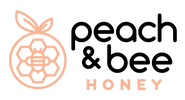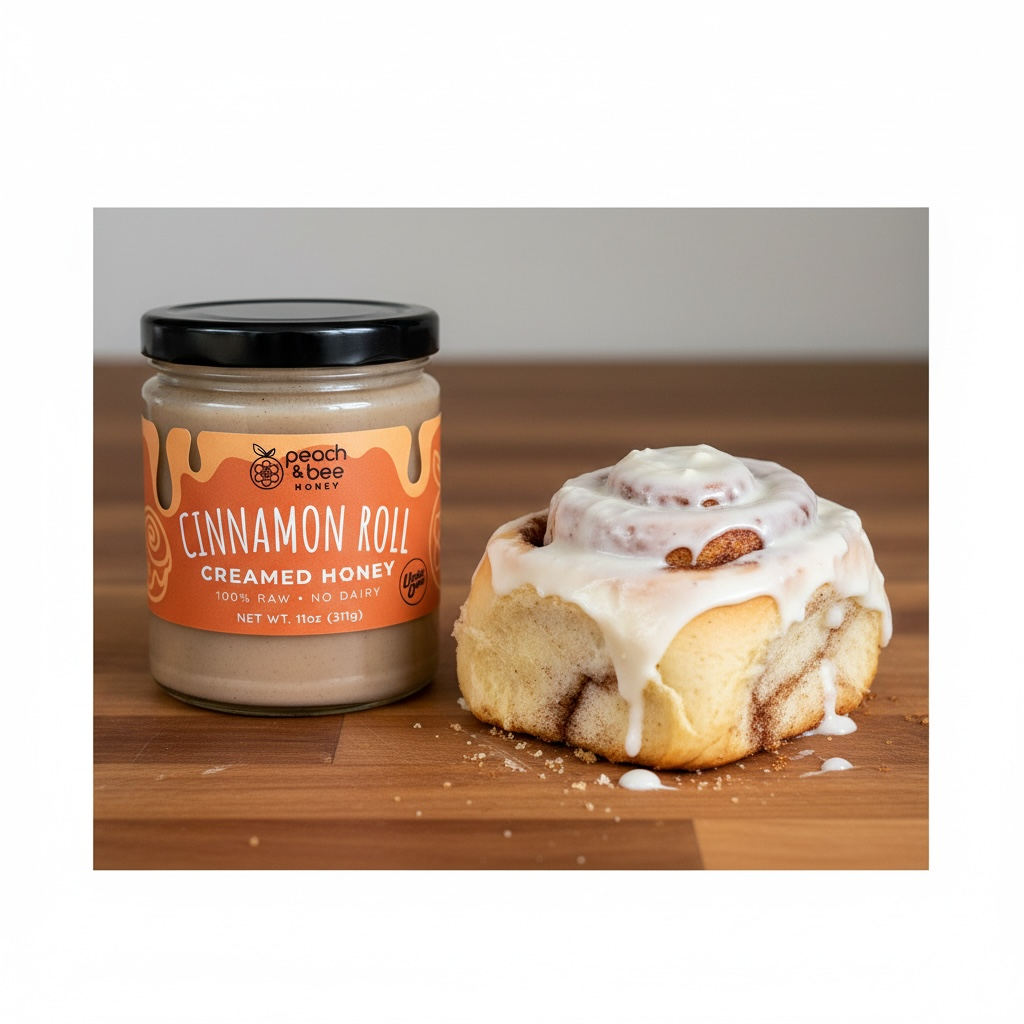Below FAQ are some common concerns of our clients before purchasing the theme.
If you have other questions, please just send it to info@peachandbeehoney.com.
Need Help?
If you have an issue or question that requires immediate assistance, please contact us via email or join or Facebook group for more info!
info@peachandbeehoney.com.
Peach and Bee FAQs
We offer several kinds of honey. Raw honey, flavored honey, and creamed honey! Raw honey: Raw, unpasteurized, unfiltered, unprocessed, fresh honey. It is not adulterated in any way and is 100% pure with nothing added. These are from bees that were taken to certain areas to either pollinate certain crops or to just enjoy the delicious nectar in that area. Flavored and creamed honeys are also raw but have a natural flavor added to them, just for some delicious fun!
The taste of the honey depends on where the beehives were placed. Nothing is added to any of our honey varieties except for the flavored and creamed honeys. Every natural variety is unpasteurized, raw, and unfiltered- the real deal! Of course, our specialty flavored honeys such as Peach Fusion, Rooster Hot Honey, or the creamed honeys do have flavor added but are still raw. One exception is Classic Creamed which is raw with no flavors added.
The amazing thing about honey is that it will last indefinitely. You can store it for decades. Pure honey will almost always crystalize over time, but it never goes bad. You can survive on honey alone for quite some time, and it has several medicinal properties, which is another reason why it’s a great food to stock up on for long term storage.
Utah Wildflower- near Richfield (Juab County or Millard County) Utah Alfalfa- near Delta Orange Blossom- Southern California Star Thistle (in bottles)- California Buckwheat (in bottles)- California Light Wildflower (in bottles)- California Honeycomb- Colorado Honeysticks- Utah and surrounding states
Pure honey will always crystalize. In fact, it’s a sign that it is pure and has not been processed. The timeline varies depending on floral source, pollen, storage temperatures, and other factors. Some honey crystallizes faster than other types. Some honey crystallizes to harder or softer levels depending on the structure of that particular variety, or even season. Some people call this “going to sugar” but it’s just a natural crystallization process. Honey does not go bad!
In order to retain the beneficial enzymes, don’t heat your honey beyond 115 degrees. For smaller containers, fill a bowl with hot water and let the honey sit in it until it returns to its liquid state. You can also scoop out a smaller amount of honey instead of waiting for the entire container. Heating it to a higher temperature won’t destroy the honey, nor will it affect the taste or quality much, but it will no longer be raw. You can use warm water (try an Instant Pot on yogurt incubation setting or a roasting pan on very low) or warm air (like a food dehydrator). If the enzymes don’t matter as much to you, you can microwave it on very low power, checking it every 30 seconds or so but do this at your own risk as it will possibly melt the plastic!
In a clean, dry, dark place that doesn’t go below 50 degrees. Don’t store it in the refrigerator as cold temperatures will make it crystalize much faster. A kitchen cupboard or food storage room will do just fine.
Honey can almost never be certified organic because the typical foraging radius for a bee can be 5 miles or more. Our beekeepers do not get the organic certification but some fields are never sprayed. The clover fields in South Dakota are not sprayed. The alfalfa fields in Delta, Utah are not sprayed. Wildflowers are not sprayed. Some of the varieties from the orchards of Southern California are sprayed. However, since the bees can fly anywhere they like, virtually no one can guarantee that their bees are pollinating fields, orchards, and gardens that are 100% pesticide-free.
We proudly support local farmers so we purchase this honey in bulk from beekeepers in Utah. Altogether, our beekeepers have 10,000+ beehives which they transport to different areas whenever another farmer hires them to come help pollinate whatever they are growing (orange orchards, almond orchards, avocado orchards, clover fields, alfalfa fields, etc.). California produces a huge amount of our country’s fruits, vegetables, and nuts. Bringing in bees to pollinate agricultural areas is a vital part in producing our country’s food. We also get honey from California which is some of our best tasting honey. (We do not sell honey from bees that have been pollinating almond orchards. It doesn’t taste very good.) Bees are the lifeblood of our country’s produce so I love supporting bee farmers who help produce not only honey, but are essential for crop pollination, especially in the western states.
More FAQs
Yes, we do get this honey from beehives in Utah. Specific locations vary but include Delta, Richfield, Salina, Oak City, Provo, and more.
Yes, we do!
Sometimes but not in 2025 due to low supply.
Honey also has medicinal and antibacterial properties. It can be used to replace sugar in many recipes. Our buckwheat honey can be a substitute for molasses and makes an amazing ginger cookie!
Yes, but we do not ship cases.
We have summer produce stands with produce from local farmers. Please follow @peachandbeehoney on Instagram to keep up to date.
I Also co-own a real estate brokerage and am a busy mom. But I also sell honey on the side because I am passionate about quality products I can stock up on to be prepared for whatever may happen. I love supporting local farmers, roadside stands, and farmer’s markets.
These bees are fed their own honey in the winter. But early spring and late fall, they are occasionally fed sugar water, but just to the ones that need it to survive. Sometimes that's 5-10% of the hives, and sometimes it's 30-50% of the hives. They are never fed with the honey-super on. We have special boxes that are only put on when the bees start making honey so that there is no chance our sugar water feeding gets in the honey we sell. They are sometimes fed pollen patties but not often. Bees are treated with antibiotics and treatments are used to kill the mites so the bees survive. However, none of these things are done when the bees are making honey which will be sold to consumers so that our honey boxes are as clean as possible. These are necessary practices for bigger beekeepers so that the bees survive in our current world environment.


